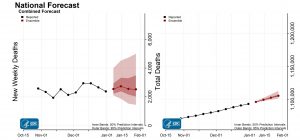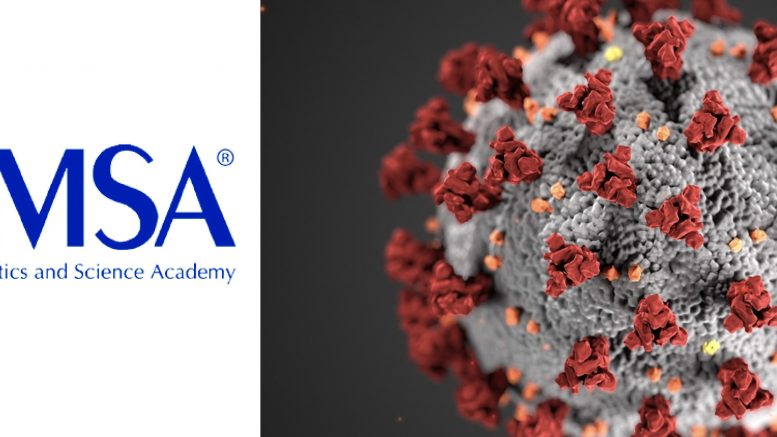In the last two weeks, nearly 500,000 people have been diagnosed with COVID in the United States, and with the virus still infecting students, it’s imperative to understand the severity of the illness, even after over three years. A few weeks ago, I contracted COVID and there’s a lot of insight that I wish I had before getting ill. Once you get that email, “YOU HAVE TESTED POSITIVE FOR COVID,” thoughts rush through your brain. The weight of potential tests and homework missed while at home created even more stress. I immediately informed my parents and school about my diagnosis, hoping for guidance and support during this difficult time. Fortunately, the health staff is very receptive to emails, truly helping you through this confusing period. But, if they don’t give you enough information to start with, do not be afraid to ask. The solutions to this involve creating more interactivity.
In that first email, it states that it will sort out a situation with your teachers in a day or two with the principal. However, your teachers most likely have a system to join classes through Zoom. Being able to attend class is crucial and missing out often leads to studying outside of class which is usually less effective. Not to mention asking and notifying your teachers if you can’t finish assignments.
One of the main reasons students feel disconnected during virtual learning is because they may feel like they’re just watching a recorded lecture. To overcome this, educators can create interactive and engaging content, such as quizzes, polls, and breakout rooms, to encourage students to participate actively. Moreover, group activities, peer review sessions, and team-based quizzes are just a few examples of activities that can encourage collaboration and help students feel more connected.
How is COVID still happening? Despite the efforts of healthcare workers, scientists, and governments around the world, the virus continues to spread. One reason for this is the emergence of new variants of the virus, some of which are more transmissible and potentially more severe than the original strain such as omicron and delta. Additionally, there are still large populations that have not been vaccinated, due to lack of access, vaccine hesitancy, or other factors. This means that there are still many opportunities for the virus to spread, even in areas with relatively low levels of transmission.

Projection of COVID deaths in the United States showing it’s still prevalent | Source: CDC
When there are even more students, like us, missing school and that valuable information, it is imperative that we still partake in COVID protocols. This includes wearing masks, practicing physical distancing, and washing our hands frequently. By doing so, we can help to slow the spread of the virus and protect ourselves and our communities. We can also encourage others to do the same, and work together to overcome this global health challenge.
I never thought I would get COVID. I thought I was safe, because I was double vaccinated with perfect health. But here I was, sitting in my room tired and unmotivated. COVID is not letting up, and it looks like it won’t stop anytime soon. It’s ok to not scramble around and get your masks up. However, we still need to recognize this virus, get comfortable preventing it, and recognize the possibility of getting it.






Be the first to comment on "Lessons Learned: COVID at IMSA in 2023"